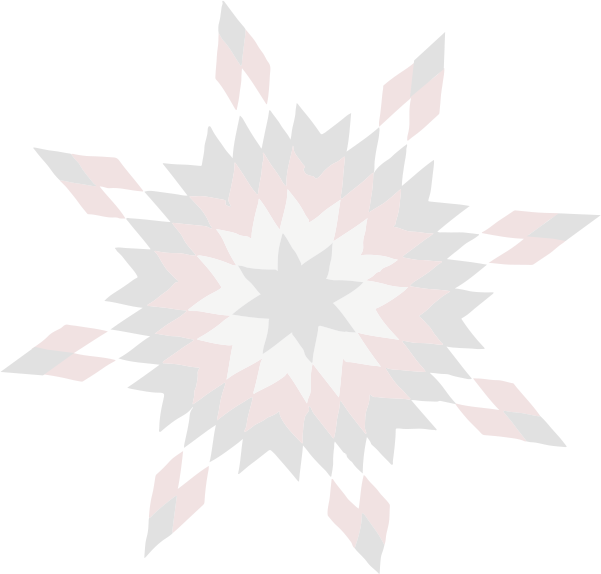American Indians and Native Alaskans continue to be one of the most understudied and underserved groups in terms of health care and elderly care. This fact, combined with a projected double in the aging population who will soon require long-term care, has created a crisis on reservations and native populations.
With poverty rates double the national average – as well as higher morbidity and higher likelihood of chronic diseases – American Indians already face a steep uphill battle when it comes to achieving equity in health care. These statistics become even more daunting for aging American Indians navigating care.
“The following three factors – the breadth of the continuum of services, the wide variety of ways in which CMS [Centers for Medicare] funded programs are implemented by states, and the wide distribution of authority for LTC [long-term care] services – make it very challenging to identify and catalog the current availability of services, let alone try to propose systemic changes that would be effective throughout Indian Country,” the National Indian Health Board reported.
Lack of outreach
One key problem within the gap of care is partially due to syntax. The term “long-term care” to many means nursing homes, only one of the many styles and possibilities of care. Similarly, according to a report by the National Association of Chronic Disease, indigenous caregivers tend not to think of themselves as caregivers when caring for an elder family member. The terminology used for services and resources and lack of outreach toward at-home caregivers in the population creates a lack of awareness of the services that could help benefit both caregiver and senior and avoid burnout.
Services to assist in caregiving, from adult day care centers to home aids, are lacking on reservations when compared to the overall population. Many American Indians live off of reservations, but the lack of community-based care can create other deficits.
In addition, according to the National Library of Medicine, many older adults may be eligible for Medicaid expansion but are less likely to apply. The study pinpoints low health literacy among elder American Indians, while the National Indian Health Board addresses the lack of structural support from Medicaid in these communities.
Many reservations lack nursing homes because of a combination of the Medicaid certification process and their association by many with dying. For this reason, it’s both practical and respectful to keep seniors aging in place for as long as it’s safe and manageable.
According to a report by NPR, Native American caregivers are also less likely to be believed by physicians and may face discrimination when seeking Alzheimer’s care.
No data, no problem?
Limited access to health insurance and coverage may be just one factor in the barriers to care in American Indian communities. Researchers reported lack of data and limited sample sizes make it difficult to advocate on behalf of the indigenous community and address the unknown level of need.
American Indians, however, are not the only indigenous groups struggling to find care. According to the CBC, Aboriginal seniors in Canada have also struggled with access to long-term care.
The Centers for Disease Control (CDC) has addressed the need for better cultural competence as just one way to combat the disparities in health care on divisions of race. They propose self-assessment, contextualizing and adapting to the communities they serve as an actionable part of the solution.
In addition to calling for more federal research funding and resources, the National Indian Health Board identifies enhancing home and community-based care as one part of the solution.
Until these gaps are filled, many researchers fear deteriorated health conditions and rates of depression and burnout among indigenous caregivers, particularly Millennials.
From SeniorsMatter.com
